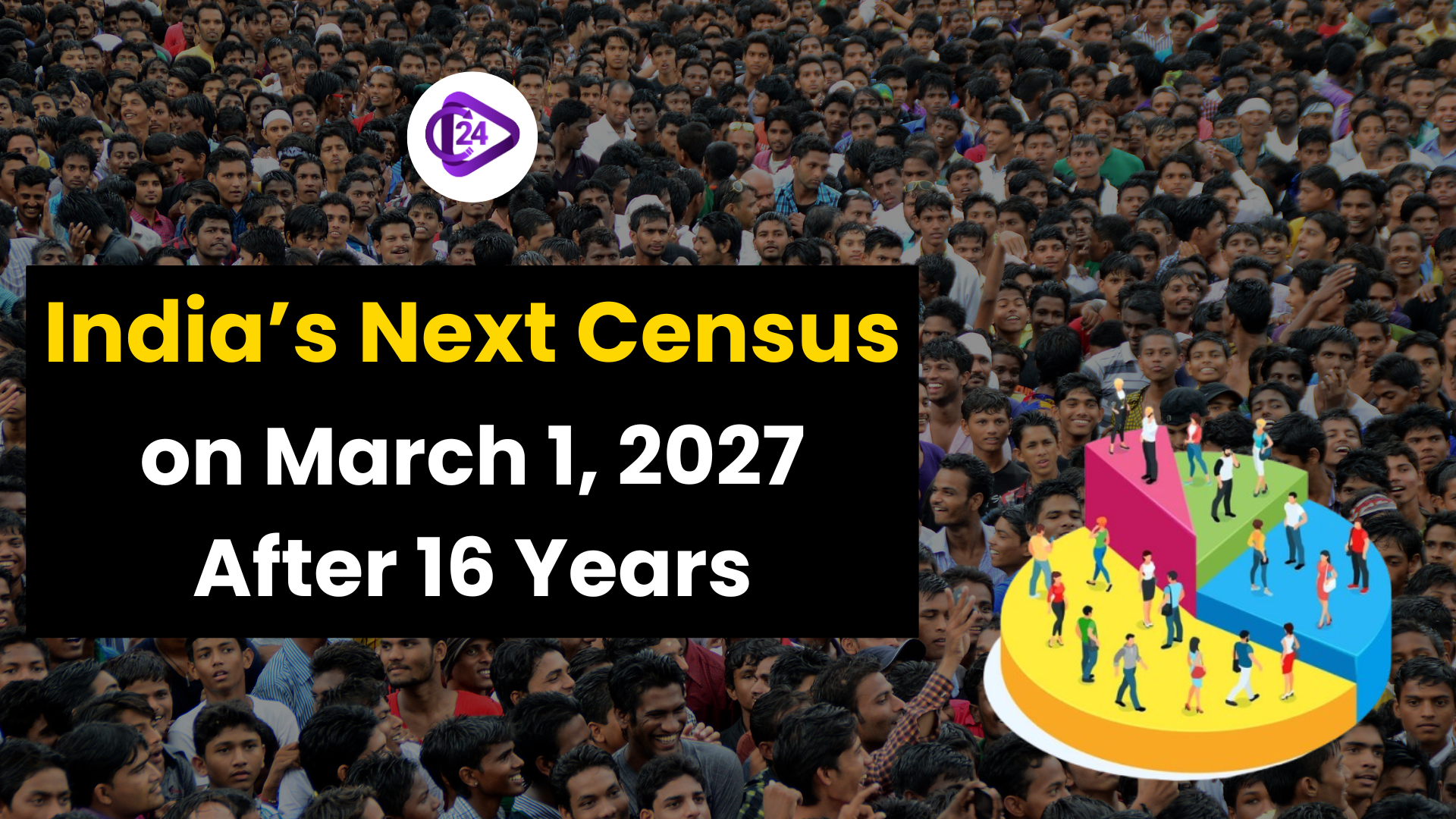
The Ministry of Home Affairs announced that the next census for India will happen on March 1, 2027, after 16 years. India’s Census for 2021 will include being the nation’s first digital Census and will also mark the first time castes will be included in Independent India. In general, the Census will take place in two phases and for most places, the schedule is set for March 1, 2027. However, for a couple of regions, the schedule is October 1, 2026. By using the Census, new parliamentary constituencies will be designed and this will change the way India is represented politically. Everyone can expect the details of the Census process and dates to be published in the official gazette on June 16.
Context
-
For the next Census in India, there will be a digital process and the recording of castes will happen in multiple phases.
-
The Board has agreed that the program will complete by March 2027.
Key Points
-
Digital Census: India will have its first digital Census, in which technology is used to collect information.
-
Caste Enumeration: For the first time in the Independent India Census, caste will be included and counted.
-
Two Phases: The operation will follow two phases – creating a listing of households and tallying the population.
-
Timeline: In India, the population count happens as per March 1, 2027, but it will be October 1, 2026 for Ladakh and Jammu & Kashmir.
-
Use for Political Demarcation: Census information will be applied to divide the country into new election districts and set up political representation.
-
NPR and Caste Data: The National Population Register (NPR) update will have caste information which will be added as part of Phase 2 enumeration.
Census in India
Definition and Purpose of Census
-
It includes gathering, putting together and studying the demographic, economic and social information of everyone in the nation.
-
It is important to identify statistics for planning services, forming policies and organizing resources.
-
Census data is very confidential and is not given to the courts.
-
Disclosing confidential data found in the Census Act, 1948 is subject to punishment.
Nodal Ministry
-
The Office of the Registrar General & Census Commissioner, the Ministry of Home Affairs, runs this task.
-
Up to 1951, resettlement was not organized and happened sporadically.
-
The laws and the constitution of Britain back up the scope of Justice and the fields it includes.
-
The first Census conducted in 1951 was setup by Sardar Vallabhbhai Patel under the 1948 Census Act.
-
Article 246, Entry 69 in the Seventh Schedule of the Constitution covers it as a subject for the Union.
Historical Context:
-
Ancient India:
-
In Rigveda (from 800 to 600 BC), there are comments about counting the population.
-
Arthashastra (3rd Century BC) urged using population data for taxation purposes.
-
During Ain-i-Akbari (the Mughal Era), extensive records about the population, wealth and industry were recorded.
-
Pre-Independence Period
-
The idea of a census started when Britain introduced their first census in England in the 1800s.
-
-
Early Attempts:
-
Allahabad (1824) and Banaras (1827-28) by James Prinsep.
-
The first complete city census was done in Dhaka (1830) by Henry Walter.
-
Fort St. George (1836-37) was the site for a second census.
-
Orders for special counts of people every 5 years made in 1849.
-
Chief Commissioner Lord Mayo ran the first census that was not synchronized with the year of British rule (1872).
-
W.C. Plowden oversaw the first Synchronous Census in 1881 which was the beginning of the 10-year cycle.
-
-
Main Census Events
-
In 1881, only the first national census was taken that omitted Kashmir, French & Portuguese colonies.
-
Data gathered in 1891 used detailed understanding, Upper Burma, Kashmir and Sikkim were also part of the census.
-
Key Milestones:
-
First Census (1881): The First Census (1881) provided the first step toward sorting aspects of society, economy and population across British India.
-
Fifteenth Census (2011): At the Fifteenth Census (2011), the Census Bureau introduced Intelligent Character Recognition (ICR).
-
Sixteenth Census (2021): This Census, in 2021, was delayed by the pandemic and this time proceedings will be done over the internet.
Legal and Constitutional Law
-
The Census Act, 1948, manages the census process and guarantees confidentiality with the collected data.
-
As per Article 246 of the Indian constitution, Union Subject covers the Census.
Socio-Economic and Caste Census (SECC)
-
Socio-Economic and Caste Census (SECC) is an administrative census that collects information about poverty and castes.
-
The purpose is to gather information on each person’s economic standing and caste group to choose those who should benefit from state assistance.
-
The confidentiality of Census numbers is not applied to SECC because these data help government welfare programs.
Importance of Census
-
The source includes statistical information to aid in making the right policies and research.
-
Planning, examining programs and developing policies are done with the aid of good governance.
-
The purpose is to define new boundaries for choices in elections.
-
Business planning is important for helping the industry gain market presence and carry out planning activities.
-
The approval of Grant Allocation is the main reason for providing funds from the Finance Commission.
Challenges of SECC
-
This method of counting can be unfair because it may lead to further division and problems for politics.
-
A sizable share of SECC data has not been revealed and this leads to many talks about caste-based reservations and affirmative action.
Conclusion:
This Census marks a huge advance in how India collects data on population. Caste information, as well as the switch to digital, will improve the accuracy and accessibility of data and this data will affect India’s decision-making in the political, social and economic areas for the coming decade.



 Lt.-Gen. Pushpendra Singh Appointed as Vice-Chief of Army Staff
Lt.-Gen. Pushpendra Singh Appointed as Vice-Chief of Army Staff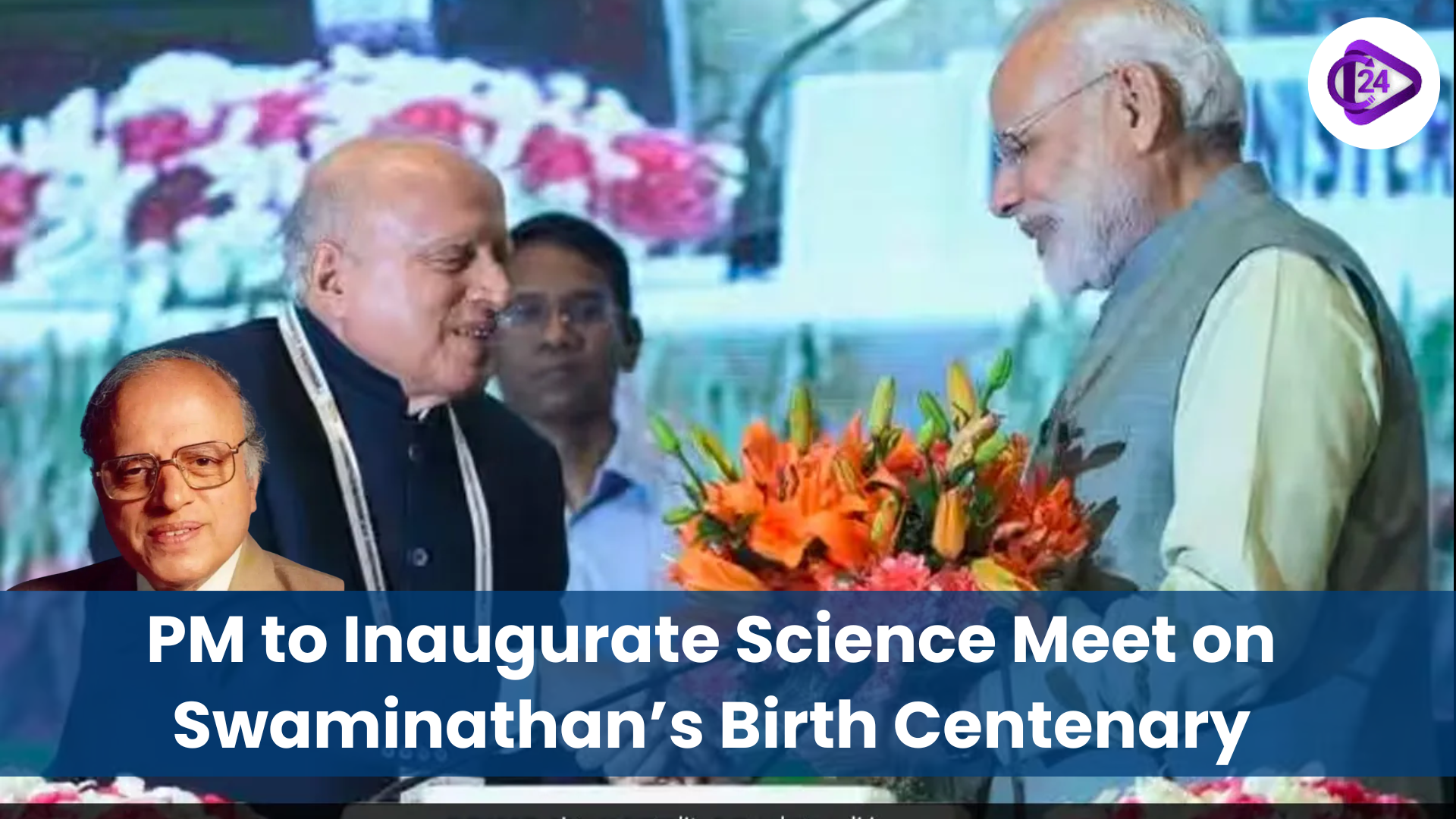 PM to Inaugurate Science Meet on Swaminathan’s Birth Centenary
PM to Inaugurate Science Meet on Swaminathan’s Birth Centenary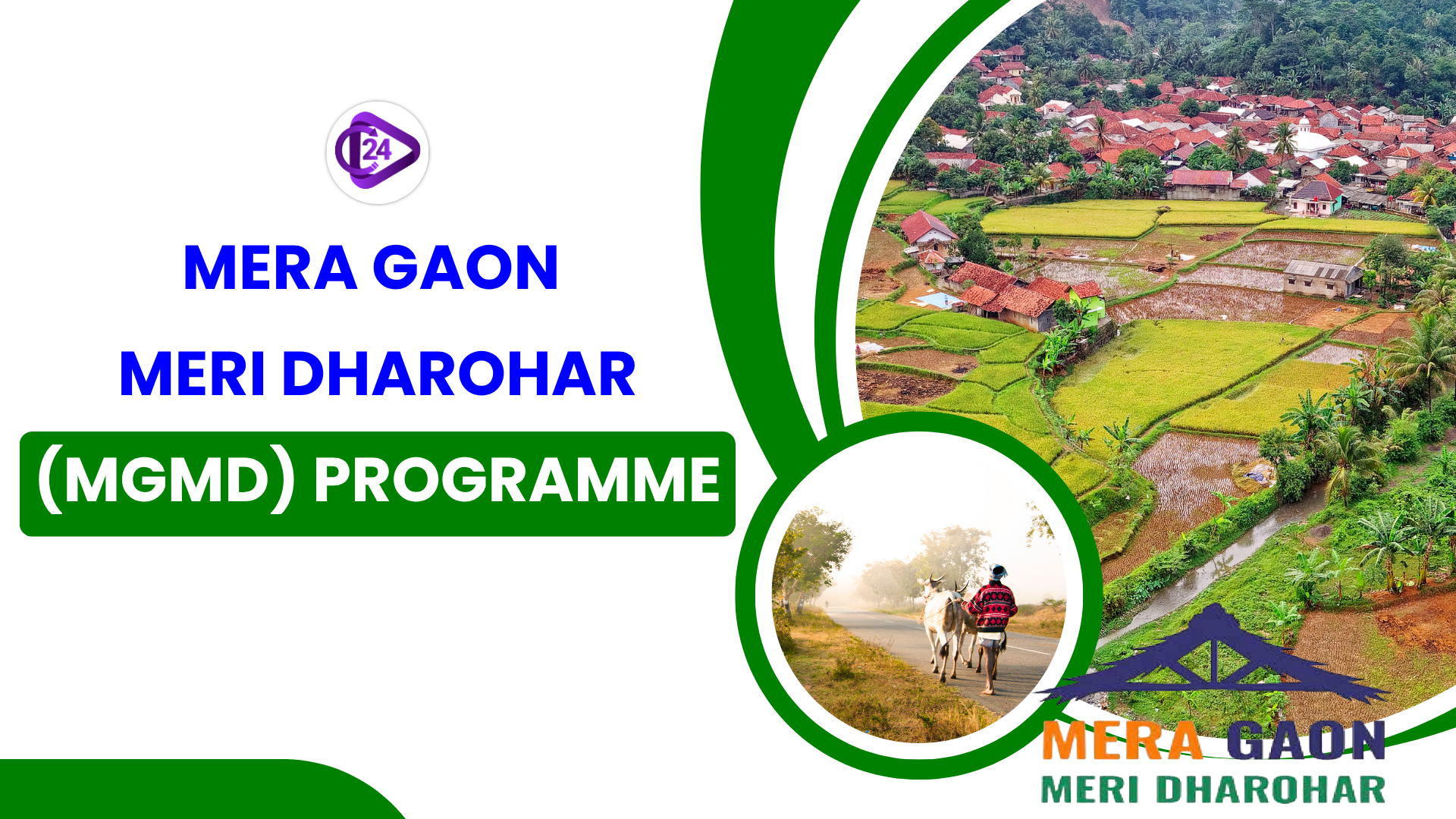 Mera Gaon Meri Dharohar (MGMD): Cultural Mapping for Rural Identity and Development
Mera Gaon Meri Dharohar (MGMD): Cultural Mapping for Rural Identity and Development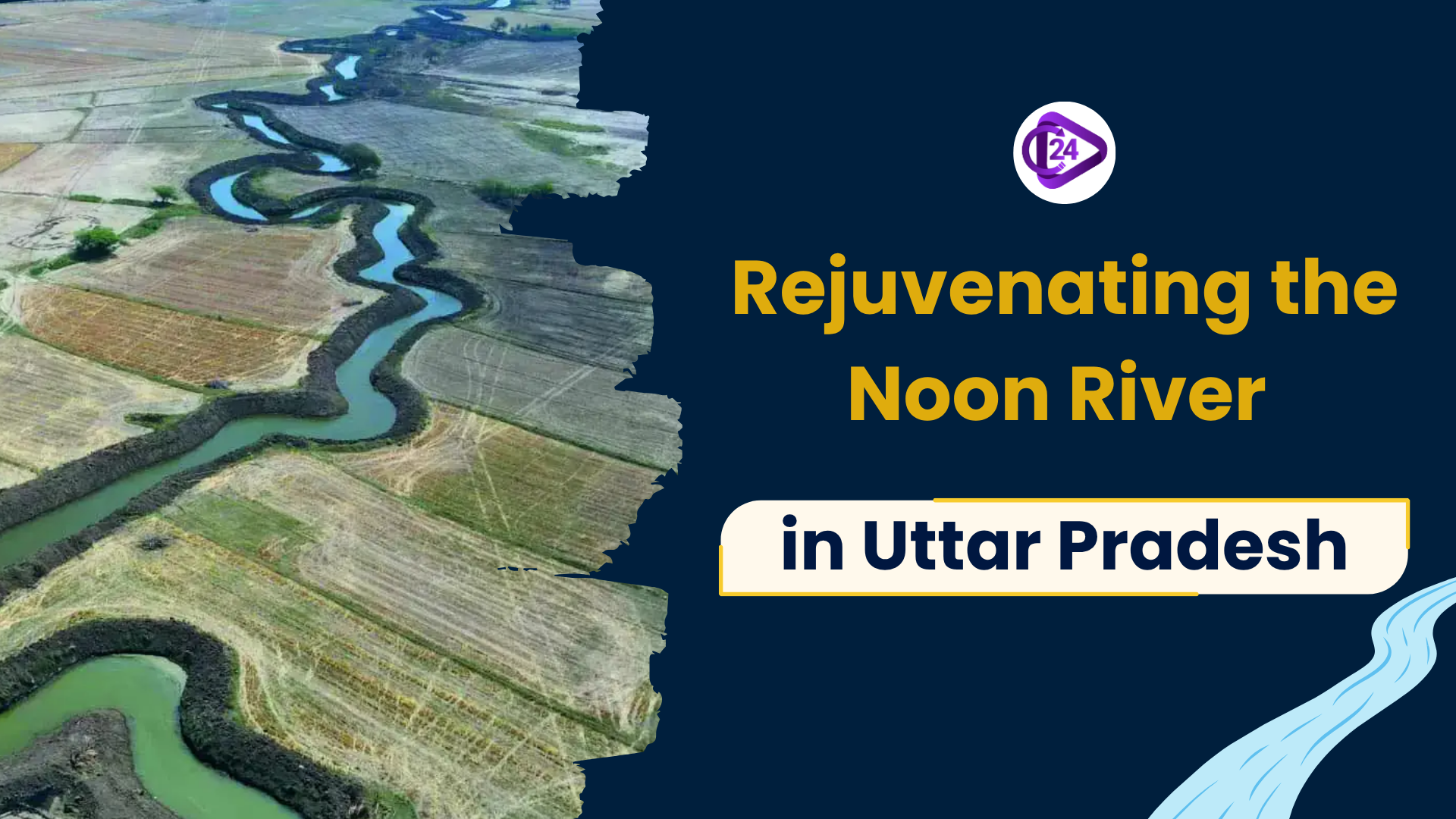 Rejuvenating the Noon River: A Model of Community-Led River Restoration in Uttar Pradesh
Rejuvenating the Noon River: A Model of Community-Led River Restoration in Uttar Pradesh Gavri Festival: Tribal Resistance and Ritual Theatre of the Mewar Bhils
Gavri Festival: Tribal Resistance and Ritual Theatre of the Mewar Bhils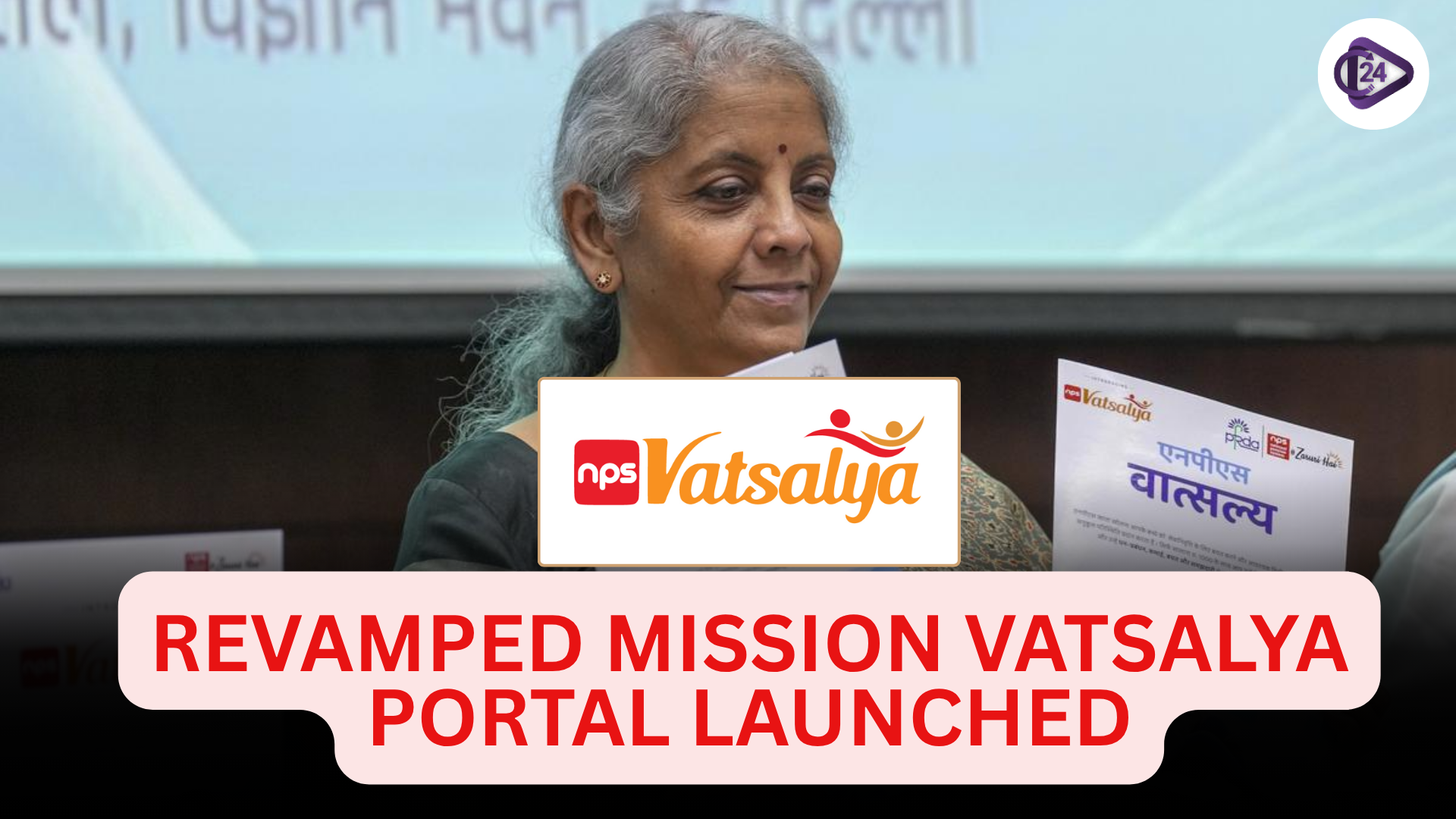 Mission Vatsalya Portal Relaunched to Strengthen Child Protection Services
Mission Vatsalya Portal Relaunched to Strengthen Child Protection Services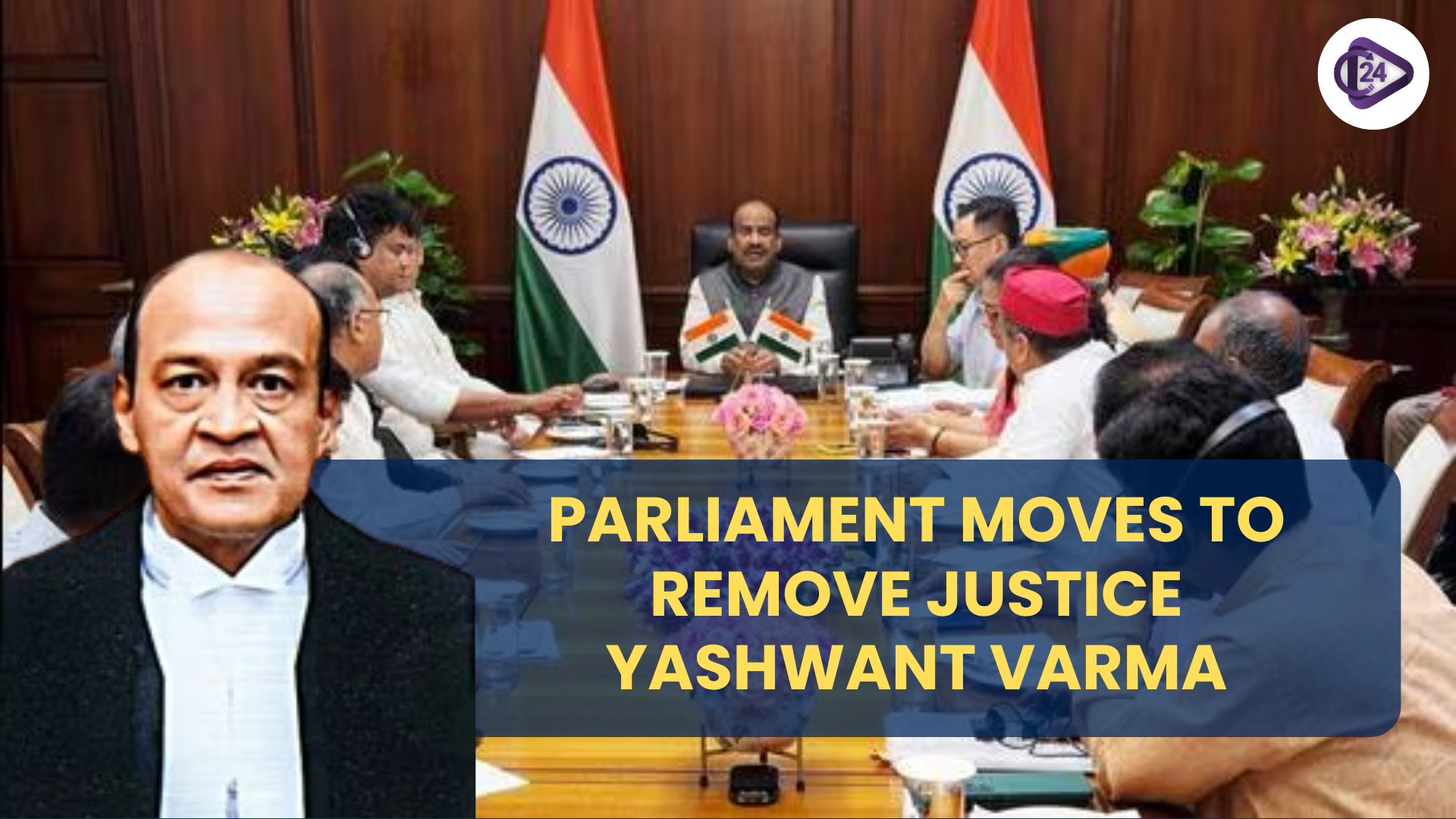 Parliament Begins Process to Remove Justice Yashwant Varma
Parliament Begins Process to Remove Justice Yashwant Varma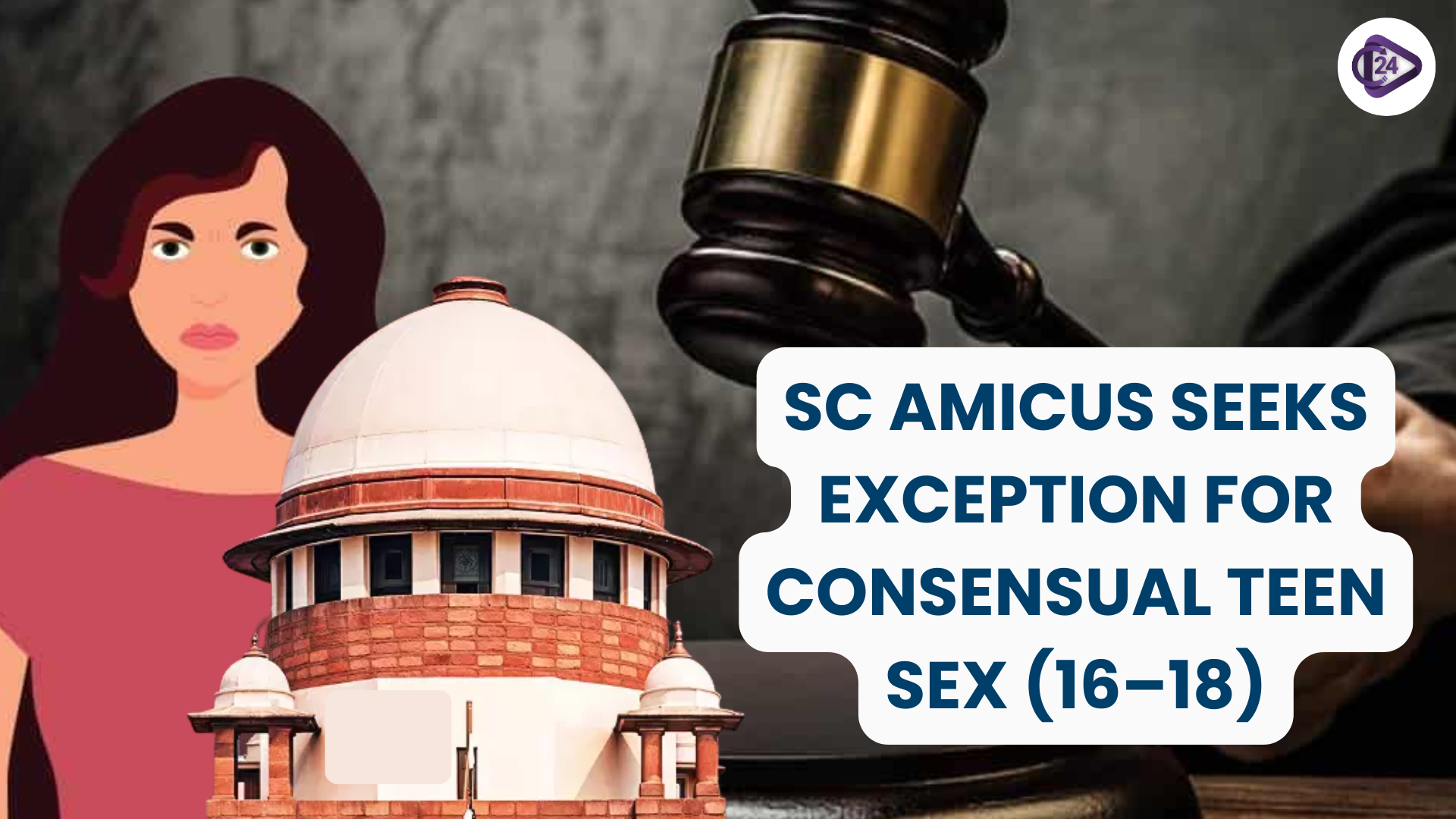 SC Amicus Seeks Exception for Consensual Sex Between Adolescents Aged 16–18
SC Amicus Seeks Exception for Consensual Sex Between Adolescents Aged 16–18 India Achieves 20% Ethanol Blending in Petrol — 5 Years Ahead of Target
India Achieves 20% Ethanol Blending in Petrol — 5 Years Ahead of Target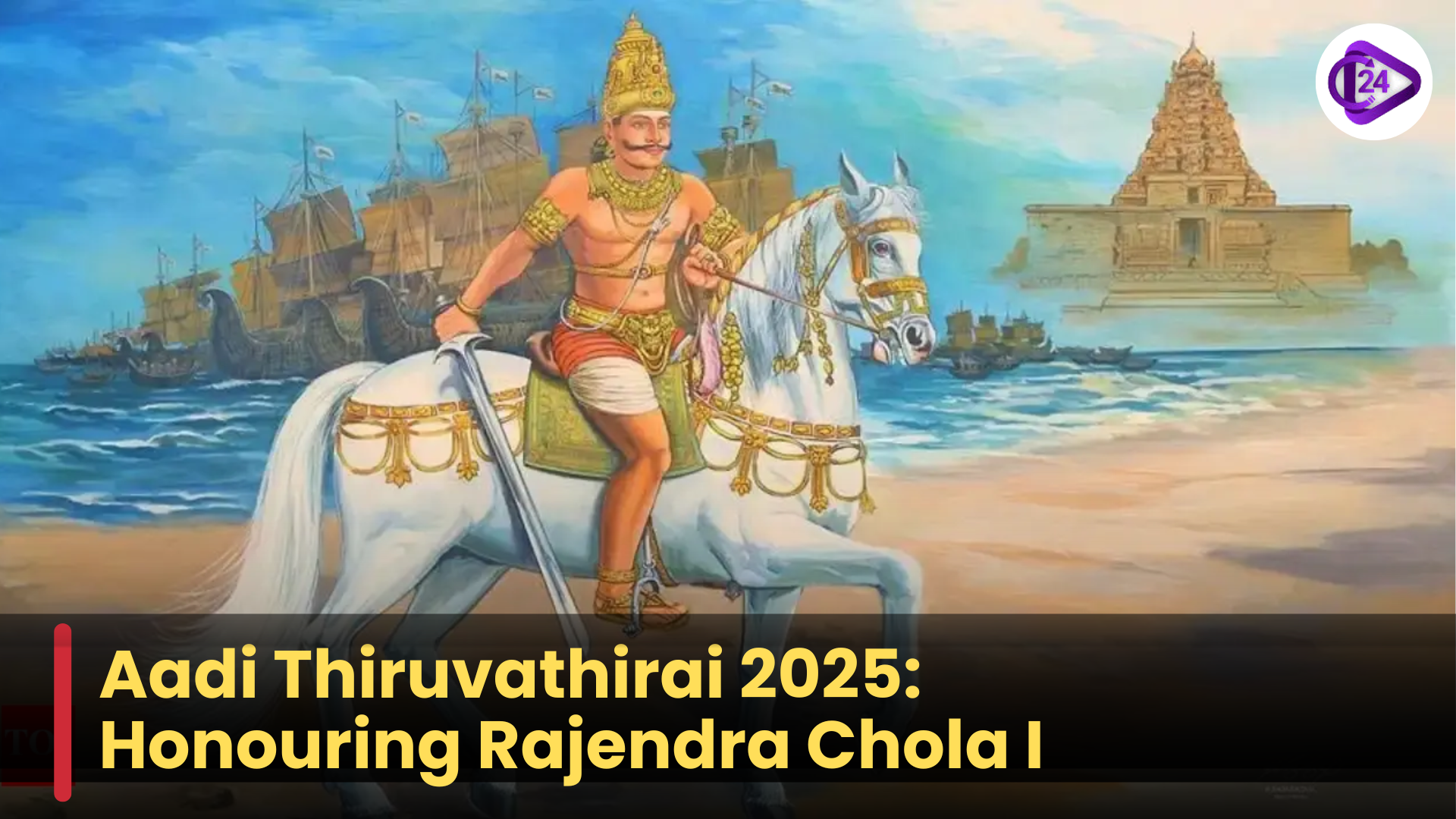 Aadi Thiruvathirai 2025: Honouring Rajendra Chola I
Aadi Thiruvathirai 2025: Honouring Rajendra Chola I






